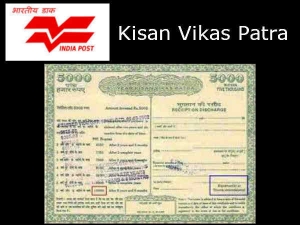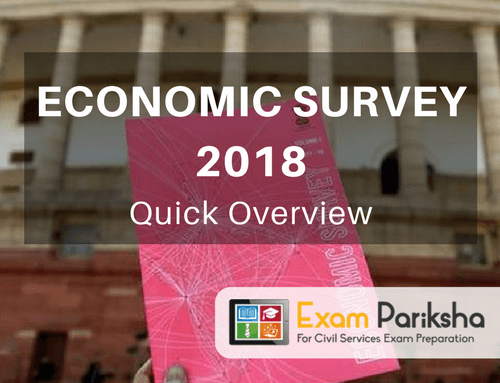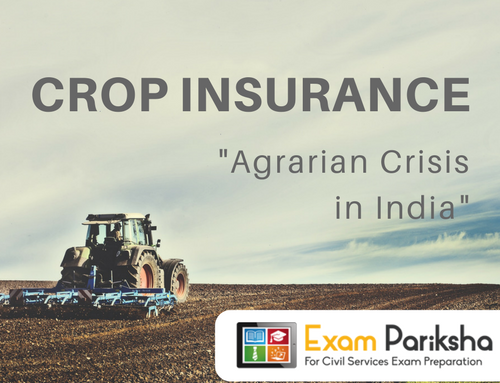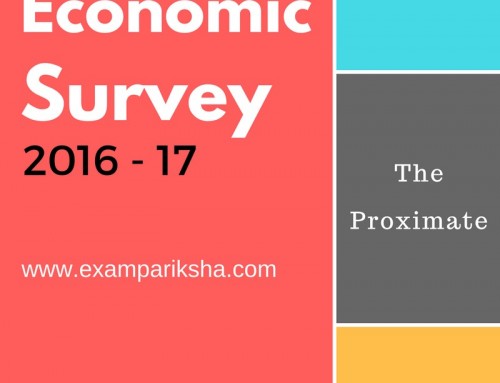Kisan Vikas Patra has been in much news recently. This compilation on basic details regarding these is part of our Economics Study Material & Notes series. We hope these notes prove helpful for all students.
This is a government savings scheme which was launched initially in 1988, distributed through the post offices. It was then discontinued by the UPA government in 2011. This scheme is now being reintroduced in 2014.
Kisan Vikas Patra is basically a small savings scheme that doubles the invested sum in (100 months) 8 years and 7 months.
Nomenclature of KVP
The “kisan” in ‘Kisan Vikas Patra’ refers to the provision of the scheme that ensures that the funds mobilised by the government with this scheme will be used in welfare activities for farmers. It is not specifically for farmers, any individual can invest their money.
<<<Read about Indus valley civilization here >>>
KVP Sold by –
The Kisan Vikas Patra is sold by the Directorate of Small Savings, Government of India
Where to buy Kisan Vikas Patra –
All Post Offices in the country sell Kisan Vikas Patra. To make it accessible to all citizens, KVP can be purchased from any departmental post office.
Eligibility to invest in KVP:
The following criteria should be met by the prospective investors in the Kisan Vikas Patra. These are minimal, making KVP a safe haven for savings in India.
- Any citizen of India and an adult is eligible to invest.
- An adult can also invest on behalf of a minor also.
- Two adults can jointly invest in KVP.
- A trust can also invest.
- Not eligible: Business entities like, a company or institutions, NRIs , Hindu Undivided Family (HUF) are not eligible to invest in KVP.
Kisan Vikas Patra Interest Rate:
The interest rate offered by KVP is low which puts it in a disadvantage position. These are-
- Kisan Vikas Patra interest makes the amount double in eight years and seven months.
- The returns on KVP are lesser than PPF or NSC, but they are higher than the FD. (at 8.7%)
- Investor will have to fulfill the Know Your Customer (KYC) modalities at application time.
What is the Maturity period for Kisan Vikas Patra (KVP) :
- Premature withdrawal is allowed after the lock-in period.
- The full invested amount, & same interest is given to the investor after two and half years of investment.
Lock-in-period:
- Lock in period is from two and a half years from the date of purchase.
KVP Transfer of certificates:
- Kisan Vikas Patra may be transferred with consent of holder in writing to an officer of Post Office or Bank.
- But the transferee has to be eligible for purchase the certificate.
Tax treatment of Kisan Vikas Patra:
- Income from KVP is taxable, but no tax deduction at source. Therefore, full amount is received by the investor.
- It is the responsibility of the investor to pay the taxes on the interest earned..
- No wealth tax: Investments in KVP are not eligible for wealth tax.
<<< Read about Earthquakes and seisemic waves here >>>
What are the Minimum and Maximum ceilings on Kisan Vikas Patra (KVP):
- The minimum amount that can be invested in KVP is Rs.1000.
- No maximum amount limit is set for investing in KVP.
- A person is free to invest any amount by acquiring Kisan Vikas Patra in multiple denominations.




